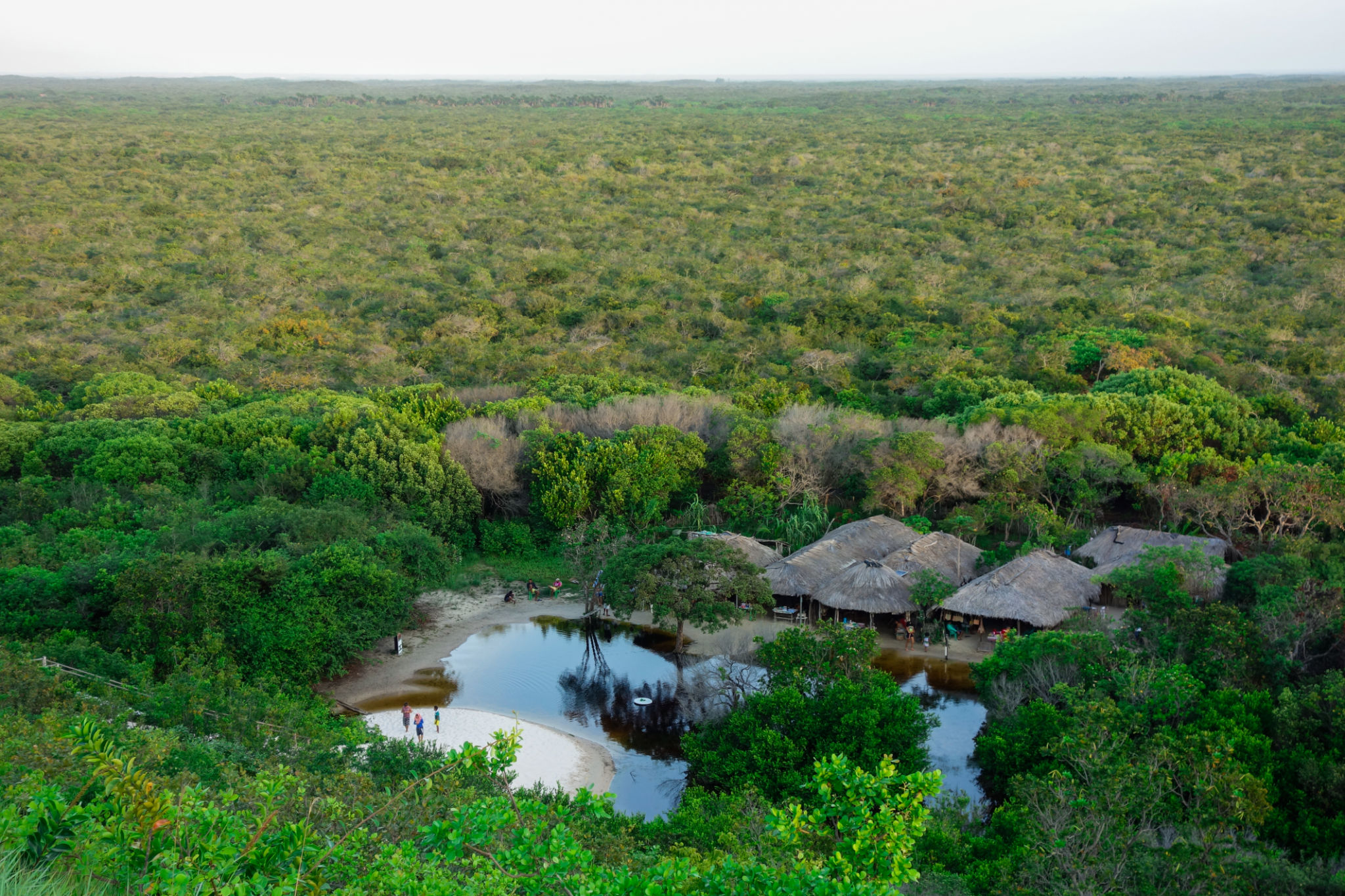Current Trends in Native American Environmental Law: What You Need to Know
Understanding Native American Environmental Law
Native American environmental law is a crucial area that highlights the intersection of indigenous rights and environmental protection. With tribes managing millions of acres across the United States, their role in safeguarding natural resources is significant. Understanding the current trends in this field is essential for both legal professionals and environmental advocates.

The Rise of Tribal Sovereignty
One of the most significant trends in recent years is the increased recognition of tribal sovereignty. Tribes are asserting their rights to govern their lands and resources, often leading to more robust environmental regulations than those imposed by state or federal governments. This shift empowers tribes to implement sustainable practices that align with their cultural values.
As tribes continue to gain autonomy, they are also forging partnerships with federal and state agencies to address environmental challenges collaboratively. These partnerships can lead to more comprehensive solutions that benefit both tribal lands and neighboring communities.
Legal Precedents and Supreme Court Decisions
Recent Supreme Court decisions have reinforced the legal standing of Native American tribes in environmental matters. These rulings often center around treaty rights, which guarantee certain protections and privileges related to natural resource management. Legal precedents set by these decisions can significantly impact how environmental laws are applied on tribal lands.

For instance, the reaffirmation of treaty rights in recent cases has enabled tribes to play a pivotal role in managing natural resources like water and fisheries. This judicial support underscores the importance of respecting historical agreements while addressing contemporary environmental issues.
Challenges Facing Tribal Environmental Law
Despite these advancements, tribes still face challenges in protecting their environments. Funding limitations and jurisdictional disputes often hinder their ability to enforce regulations effectively. Additionally, external pressures from industries seeking access to natural resources can conflict with tribal conservation goals.
- Lack of financial resources for environmental programs
- Complex jurisdictional boundaries
- Industrial pressures and resource extraction

The Role of Traditional Ecological Knowledge
An emerging trend in Native American environmental law is the integration of Traditional Ecological Knowledge (TEK). This holistic approach combines indigenous wisdom with modern scientific practices, offering innovative solutions to ecological problems. TEK emphasizes the interconnectedness of all living things and promotes sustainable management practices.
By incorporating TEK into legal frameworks, tribes can preserve their cultural heritage while enhancing biodiversity and resilience against climate change. This approach not only benefits tribal communities but also provides valuable insights for global environmental strategies.
Looking Ahead
As Native American environmental law continues to evolve, it presents opportunities for meaningful collaboration between tribes, governments, and environmental organizations. By acknowledging tribal sovereignty and integrating indigenous knowledge, society can work toward a more sustainable and equitable future.
Staying informed about these trends is essential for those involved in legal, environmental, or policy-making fields. As we navigate the complexities of environmental protection, the leadership and insight of Native American tribes will remain indispensable in shaping our collective future.